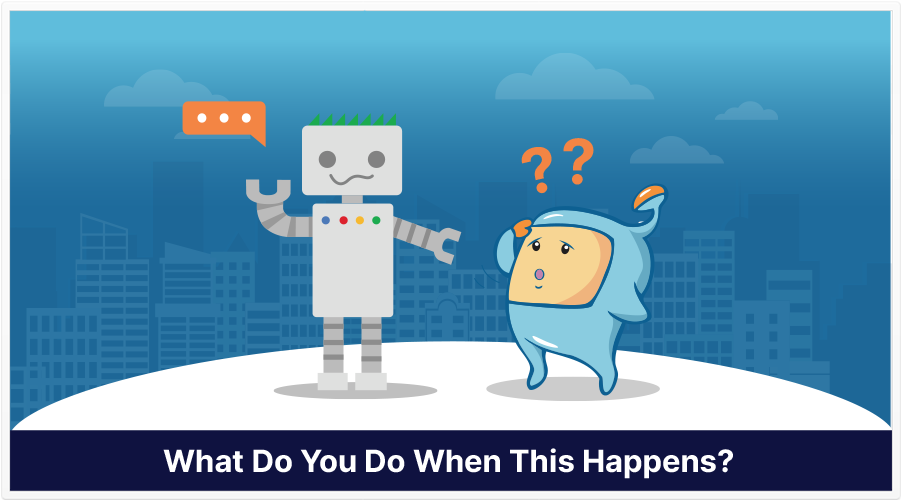
Google’s Office-Hours are Q&A sessions where participants can ask a Googler (a Googler being someone who works for Google) questions pertaining to some aspect of Google.
In our case, with the SEO sessions that are done in English, the questions have to do with search, ranking in Google, a bit of JavaScript (although there are sessions dedicated to JavaScript), and Google’s guidelines.
These are usually hosted by Search Advocate John Mueller.
During the English Google SEO Office-Hours From November 12, 2021, one participant described his situation (the video below has been queued to the 8:16 mark):
Basically, the participant:
-Has a commerce site that’s about 2,000 to 3,000 pages
-About 10 of these were course pages that were, initially, incorrectly set to noindex
-Weeks or months prior, these were fixed (the noindex removed)
-Despite those efforts, weeks or months later, in Google Search Console (GSC), 80%, or about 8 of the 10 of these, are still showing as noindex
-In GSC, there’s indication Googlebot last visited these pages months ago–in June.
-Re-submitting sitemaps was also attempted, but seemingly, to no avail
No Apparent Issues With Googlebot (Good!)
John’s response was:
“I don’t think there are any known issues in that regard, but sometimes we’re a little bit conservative with regards to submitting to indexing requests, which is probably partially what you’re seeing there.
“I think there might be two things: on the one hand, if we see that a page is a no index for a longer period of time, then we usually slow down with [the] crawling of that, so I think that’s what you’re seeing there.
“That also means that when the page becomes indexable again, we’ll pick up crawling again, so it’s essentially that one kind of push that you need to do.
“Another thing is that since Search Console reports on essentially the URLs that we know for the website, it might be that the picture looks worse than it actually is. That might be something that you could look at.
“For example, looking in the performance report and filtering for that section of the website or those URL patterns to see if…that number of high noindex pages in Search Console is basically reporting on pages that weren’t really important and the important pages from those sections are actually indexed.”
Have You Tried Internal Linking?
John went on:
“The other thing that you could do, I think, [is that the] the sitemap is essentially a good start, but another thing that you could do is make it clear with internal linking that these pages are very important for the website.”
The discussion went on. When asked about whether a footer link would suffice, John’s response was:
“I think that would work too. I think it’s usually better if, or best if we can find it on really important pages on the website where we know…like on your home page or something…”
Rewrite URLs?
Finally, John was asked about the validity of rewriting the URLs of the previously noindex pages, and submitting those.
John’s response was:
“I don’t know…I would guess it might for some and it might not for others, so I think overall, I would try to keep the old URLs (unless there’s really a severe problem with the old URLs) and just kind of try to push them through that way.
“Changing the URLs is something where you lose any of the information that was associated with the old URL and it’s like the advantage is [that] Google doesn’t know that there wasn’t noindex there, but on the other hand, Google doesn’t know anything about that page, so it’s kind of hit and miss if it actually changes anything for your situation.”
So, what John said in that last paragraph might seem a bit hard to understand, but I think that where he said, “You lose any of the information that was associated with the old URL,” he means Google ‘loses’ that information.
Over time, every page in Google’s index sort of gains…I’m not sure even what you’d call it, but some sort of benefit.
(This is why some people like aged domains that previously had a good website on them. It’s sort of like how a good wine gets better over time.)
To change the URL, John says, would be to lose that time benefit.
Two things I wish he would’ve mentioned were the possibilities of doing 301 redirects, or canonicalization.
With the 301 options, the content on pages in question could just be moved to new URLS, with a 301 from the old URLs.
And with canonicalization, the pages could be moved, but instead of a 301, there’d be a canonical on the old URLs.
But anyway, those are your options, as far as I know.
Have you removed noindex from a page, but find that it’s still not indexed in Google? Have you tried internal linking?